Pursuing a Master of Business Administration (MBA) can be a wise decision for your academic and professional future. This is especially true if you are considering starting your own business, although there are numerous other benefits that come with an MBA. Not only do MBA graduates enjoy higher job placement rates, but they also gain versatile skills applicable to many career paths and access to invaluable networking opportunities.
However, with the typical two-year MBA program costing around $60,000, it’s understandable that recent bachelor’s degree graduates may be hesitant to enroll. This hesitation is often exacerbated for those concerned about funding, especially if they’re already struggling with undergraduate student loans. However, it is important to view an MBA as a long-term career investment that will pay off. For those wondering about financial aid for these programs, there are numerous effective strategies to significantly reduce the financial burden of the $60,000 cost.
1. Inquire about employer reimbursement
After graduation, if you’ve landed a job in your field, see if your employer offers tuition reimbursement for a master’s degree. Many companies, recognizing the value of continuing education, offer such benefits. Check with your human resources department and review the company’s policy documents for any existing programs. If none are mentioned, consider proposing an MBA to senior management, highlighting its potential to enhance your skills and value as an employee. It’s worth noting that these programs often cover tuition and related academic expenses, while you may be responsible for other costs such as registration and parking fees.
2. Research Grant Opportunities
Before turning to loans, be sure to research and apply for available grants. Grants, which don’t have to be repaid, can be a surprising source of educational funding. Many institutions and organizations annually allocate significant funds to assist students with their academic expenses, ranging from federal to private grants, including those offered directly by educational institutions. An important step is to submit the Free Application for Federal Student Aid (FAFSA), making sure to follow the deadlines set by your chosen school, as they typically don’t accept late applications.
3. Pursue a Graduate Assistantship
For MBA aspirants, graduate and teaching assistantships offered by colleges are worth exploring. Acceptance into such programs typically involves part-time work in exchange for a modest stipend and tuition waiver. Your duties may include assisting with business courses or tutoring classmates in business math. In addition to providing financial relief, assistantships offer enriching learning experiences. However, these positions are competitive, and you may need to interview or write essays to demonstrate your qualifications.
4. Transfer work experience for academic credit
If you’ve gained work experience after your undergraduate degree, see if it can be converted into MBA program credits. While not universally accepted, demonstrating work-based knowledge in MBA-relevant subjects may allow you to skip certain courses while still earning credits. Be prepared to take exams or demonstrate your experience, as several years in the field are often required.
5. Look for MBA scholarships
In addition to need-based scholarships, merit-based and opportunity-based scholarships can provide funding for your MBA. Proactively seek out and apply for scholarships that fit your profile. Requirements vary from basic applications to essays, academic records, or competition participation. Applying broadly increases your chances of selection, and any scholarship amount, large or small, helps.
6. Consider part-time employment
If assistantships or scholarships don’t work out, part-time employment can help pay for your MBA. The flexibility of MBA schedules, including evening, weekend, or online classes, makes it easier to balance work and study. Even if this means adjusting your hours or taking on a second job, it can reduce your reliance on loans. Remember, many schools offer tuition payment plans that spread the cost over the semester instead of upfront payments.
7. Explore Unique Side Jobs
For those who prefer non-traditional work, consider monetizing personal skills or hobbies to offset MBA expenses. If you have a knack for writing, freelance opportunities may be viable, or if you have a craft, selling your products on platforms like Etsy can support your studies. A side hustle offers flexibility and autonomy, unlike a regular part-time or full-time job.
8. Leverage crowdfunding
Sometimes it is necessary to seek outside support. Launching a crowdfunding campaign can be an effective way to raise funds from a global audience. With so many students turning to crowdfunding, make sure your campaign stands out through creativity and compelling storytelling.
9. Resort to loans as a last resort
Despite your best efforts, loans may still be necessary to finance your MBA. While the prospect of additional debt is daunting, consider the long-term career benefits of an MBA. Focus on researching loan options, considering federal loans with reasonable interest rates or private loans for those with good credit.
Using these strategies, you can finance your MBA and more effectively manage student loan repayments after graduation.
Frequently Asked Questions
Can crowdfunding really cover the significant costs of an MBA program?
Crowdfunding has emerged as a unique way to raise financial support for educational endeavors. While it may not cover the entire cost of an MBA program, it can make a significant contribution, especially if your campaign connects well with a broad audience. Strategic promotion and a compelling story are key to a successful crowdfunding campaign.
Are there any unconventional scholarships or contests I can enter to help fund my MBA?
Yes, in addition to traditional academic scholarships, there are many unconventional scholarships and competitions available. These can be based on unique talents, entrepreneurial ideas, or even essay competitions on specific topics. Searching for niche scholarships that match your unique skills or interests can be a fruitful way to secure additional funding.
How can I use my current job to finance my MBA without a tuition reimbursement program?
If your employer doesn’t offer a tuition reimbursement program, you can negotiate other forms of support, such as flexible work hours to accommodate your studies or a salary advance. You can also propose a contract that commits you to the company for a number of years in exchange for MBA funding.
Is it possible to negotiate tuition fees with MBA programs?
While tuition is generally fixed, it doesn’t hurt to inquire about the possibility of a fee reduction, especially if you have a strong application or are considering multiple offers. Some schools may offer tuition discounts or additional scholarships to attract top candidates.
Can volunteering or community service lead to MBA scholarship opportunities?
Significant volunteer or community service can open doors to unique scholarships and grants designed specifically for individuals who make a positive contribution to society. Some organizations and foundations offer educational funding as a reward for community involvement and social impact.
Are there specific loan programs for MBA students that are different from standard student loans?
Yes, there are loan programs designed specifically for MBA students. These loans may offer more favorable terms, such as higher borrowing limits or deferred repayment options, that are better suited to the career trajectory and earning potential of MBA graduates. Research and consultation with financial aid professionals can reveal these specialized loan options.
The bottom Line
Getting an MBA is both a professional leap and a financial challenge. Fortunately, as we’ve discussed, there are countless creative ways to finance this journey. From employer reimbursement and graduate assistantships to scholarships, crowdfunding, and even part-time work, the options are varied and accessible. Exploring grants and negotiating with programs are also important strategies. While loans may seem daunting, they’re a practical last resort when chosen carefully. Remember, financing your MBA isn’t just a fiscal endeavor; it’s an investment in your future career and personal growth. By strategically utilizing these various financial options, your MBA goals can become a well-supported reality, paving the way for career advancement and enriched business expertise.

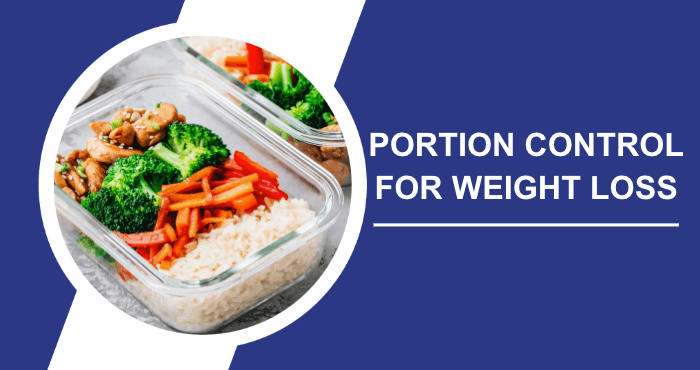
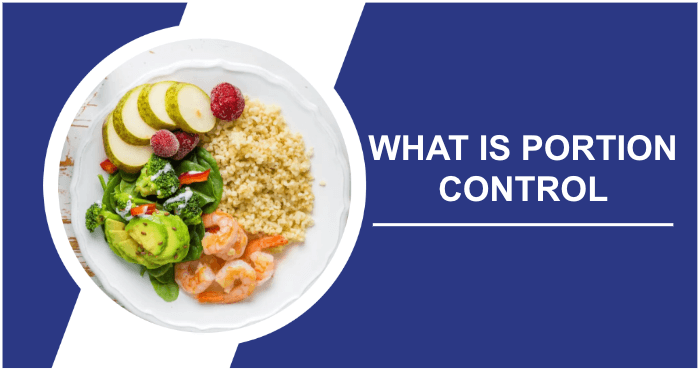
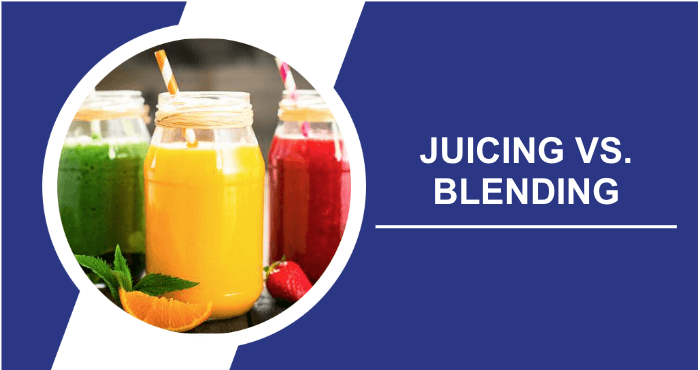
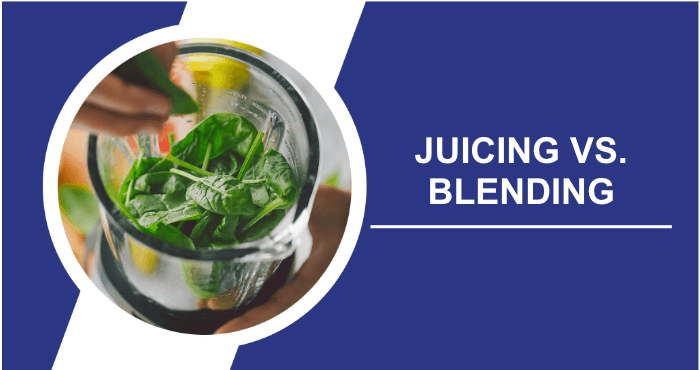


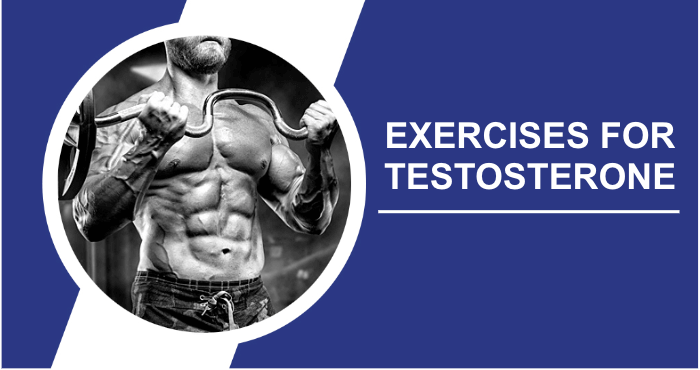
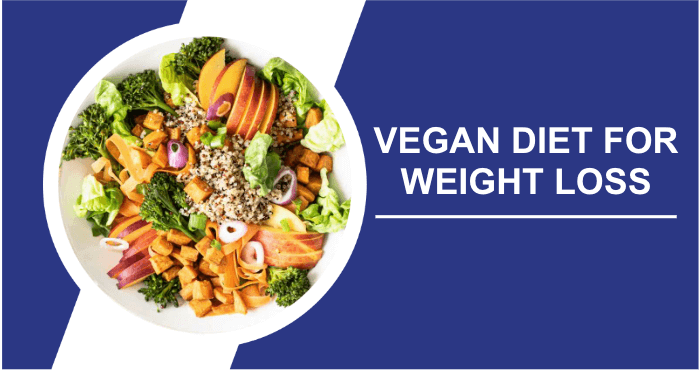
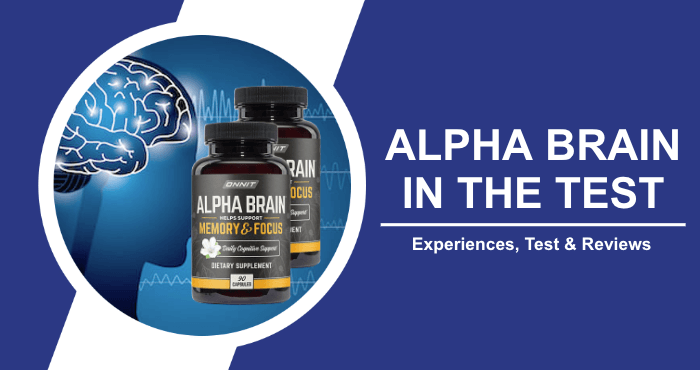
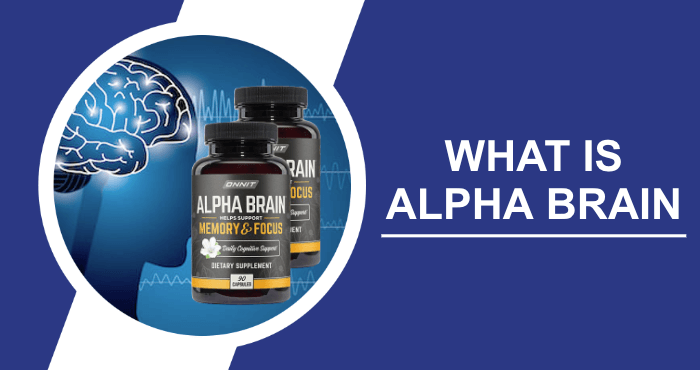 Onnit’s Alpha BRAIN is a carefully formulated dietary supplement made up of natural ingredients designed to improve cognitive function. It works by stimulating the production of alpha waves and neurotransmitters, thereby enhancing cognitive performance. Unlike many other nootropics on the market, the effectiveness is backed by scientific research. It has also received endorsements from renowned athletes and public figures, including Joe Rogan. To date, sales have exceeded one million bottles.
Onnit’s Alpha BRAIN is a carefully formulated dietary supplement made up of natural ingredients designed to improve cognitive function. It works by stimulating the production of alpha waves and neurotransmitters, thereby enhancing cognitive performance. Unlike many other nootropics on the market, the effectiveness is backed by scientific research. It has also received endorsements from renowned athletes and public figures, including Joe Rogan. To date, sales have exceeded one million bottles.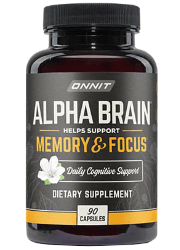
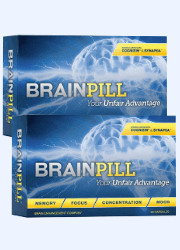

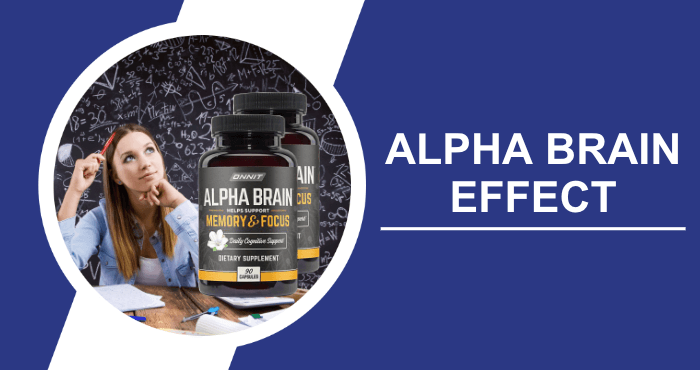 The official website claims that the product helps to achieve a consistent state of heightened focus. They promote the supplement as offering precise concentration and improved mental clarity. The manufacturer also mentions the following Alpha BRAIN Effects:
The official website claims that the product helps to achieve a consistent state of heightened focus. They promote the supplement as offering precise concentration and improved mental clarity. The manufacturer also mentions the following Alpha BRAIN Effects: